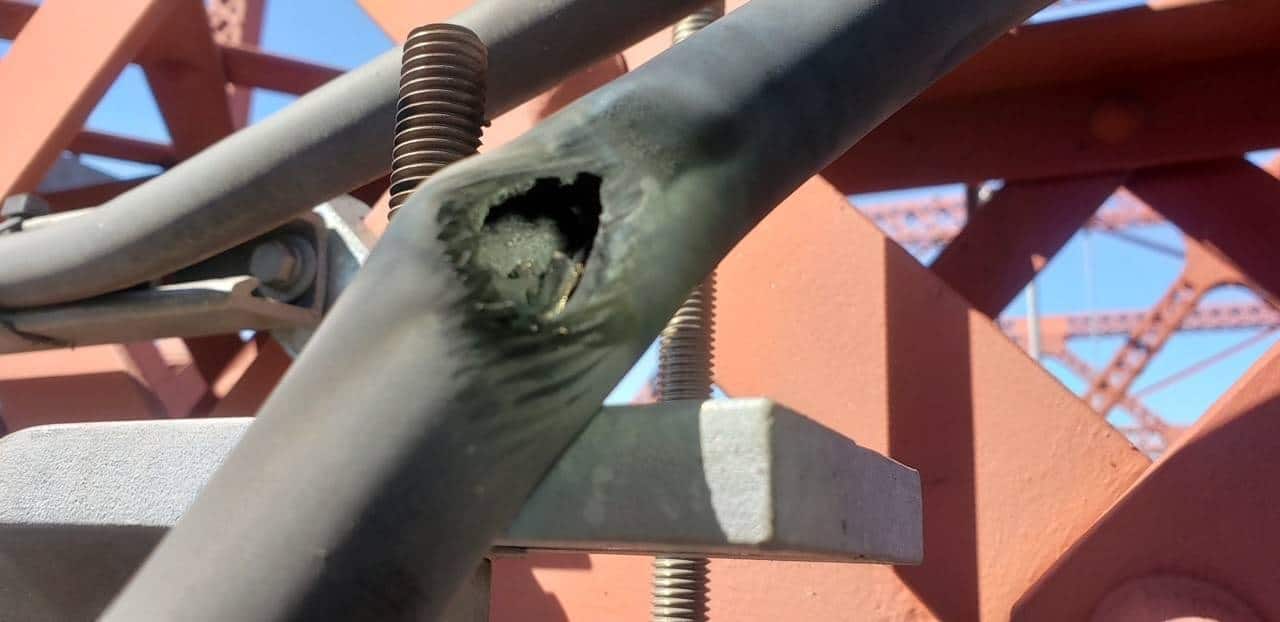As Portland and Seattle set record temperatures we are learning more about our current infrastructure’s limitations and risks to individuals that are being overshadowed by the news of the extreme heat. This hits especially hard when we are talking about future investments in infrastructure bills and how our cities will manage these situations.
On Sunday, June 27th, Portland Streetcar service was suspended because the heat was causing power cables to melt. For some a service interruption is an inconvenience, for others it means having to walk miles in the heat or not being able to pay for rent or groceries. Being outdoors in the extreme heat could be a death sentence.
Experts are discussing what is called ‘wet bulb’ temperature or the point where temperature and the relative humidity means that water stops evaporating. Humans can stand extreme heat because our sweat evaporates, cooling us. But in some cases, these natural responses to heat stop happening and a person’s body temperature can get too high.
If temperatures surpass a certain degree and public transit stops working, many essential workers could be faced with a choice of risking their life in extreme heat or not feeding their families. This possibility is especially acute in the southeast where temperatures and humidity already get high.
For the reasons stated above, implications of climate change must be addressed in our infrastructure plans. Specifically, buses purchased today will be in service twelve to fifteen years from now, stations will be in use for twenty years or more, and rail could be longer.
Portland’s record-breaking temperatures and its effects are showing us we are running out of time quickly. Is the funding in a federal infrastructure bill going to pay for the more expensive options that can withstand the extreme conditions? Are we, locally, considering this in the Wake Transit Plan? We should be because the future is already here.


